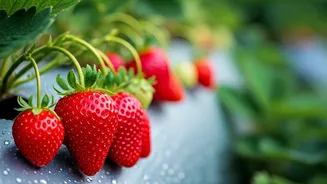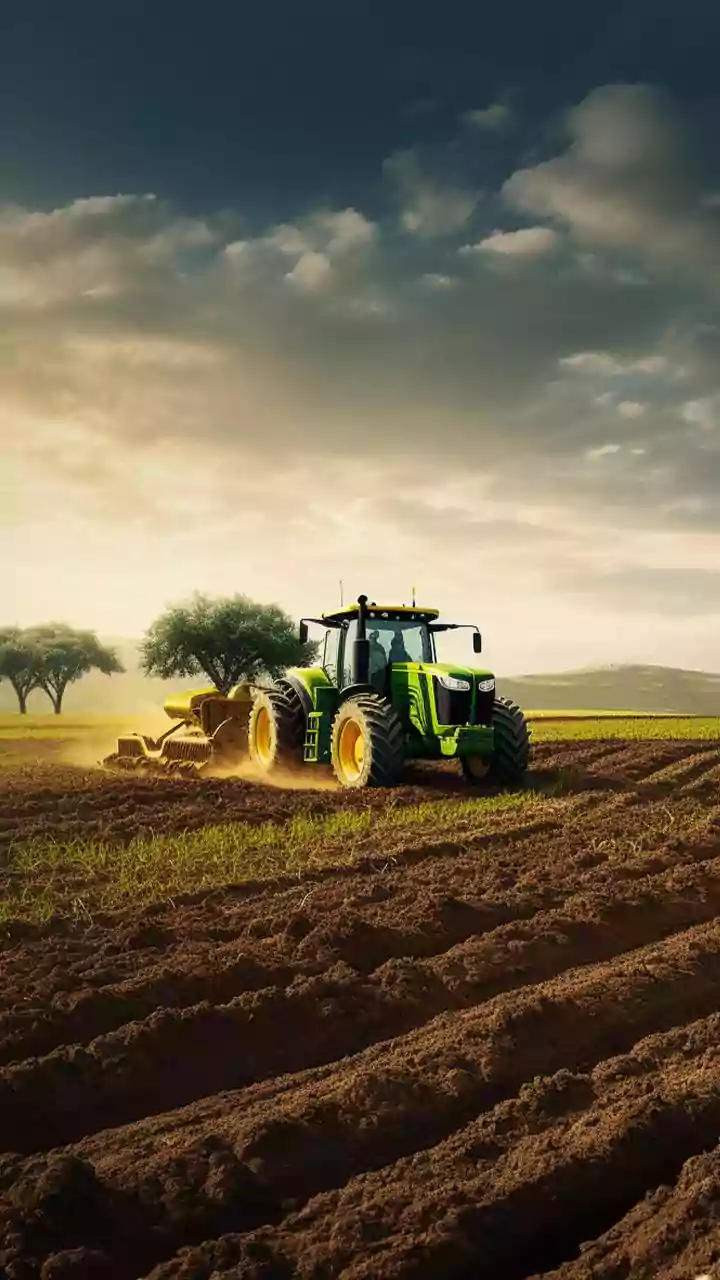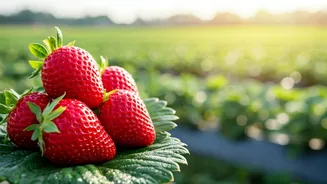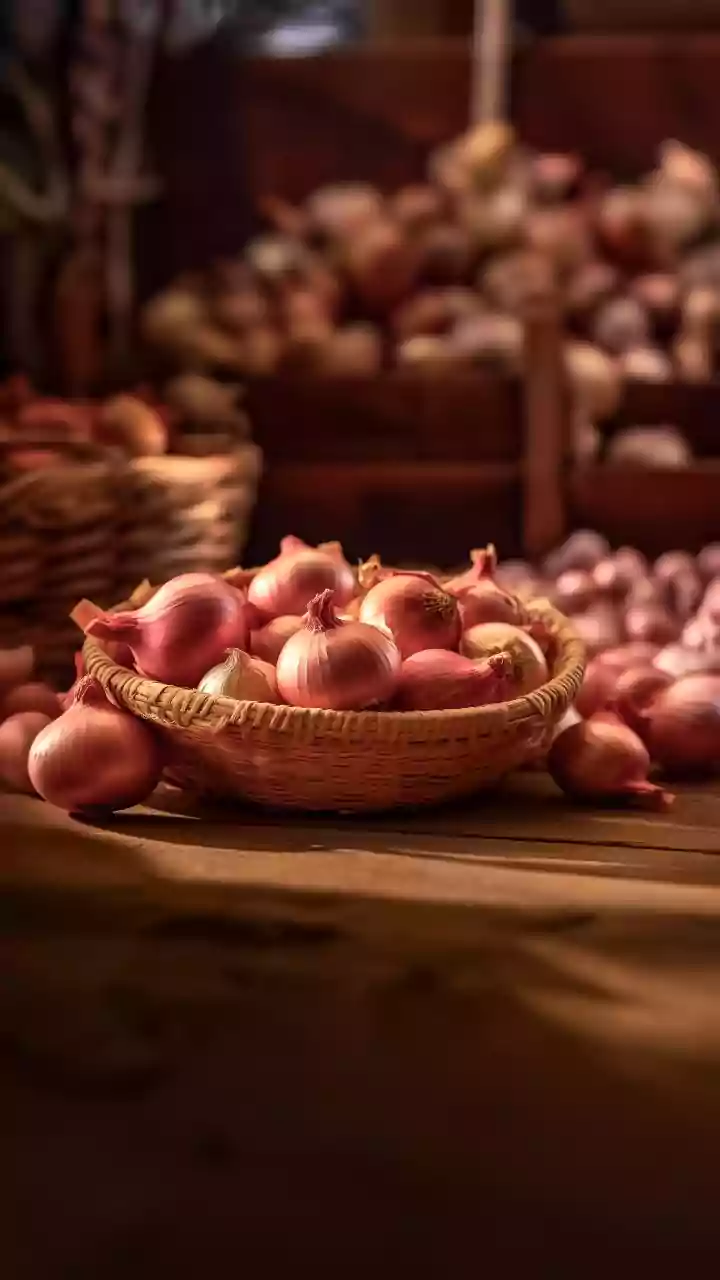Ideal Climate Conditions
Strawberry plants thrive best in specific climatic conditions. They prefer moderate temperatures with a good amount of sunlight. Farmers should be aware
that extreme heat can hinder fruit production, while excessive cold can damage the plants. The optimal temperature range for strawberry cultivation is between 15°C and 25°C. Moreover, strawberries need a chilling period during the winter to stimulate flowering and fruit development. Proper planning, which includes understanding and adapting to local weather patterns, is crucial for a successful yield. Regions with well-distributed rainfall are also suitable, though irrigation systems can supplement natural precipitation and are often necessary. In areas experiencing heavy rainfall, farmers should ensure good drainage to prevent waterlogging, which can lead to root rot and other plant diseases. Understanding these climatic nuances allows farmers to create an environment that maximizes yield and fruit quality. Microclimates within a farm can also be leveraged; for example, strategically positioning plants can optimize sun exposure and shelter them from extreme conditions.
Soil Preparation Techniques
The foundation of a successful strawberry crop lies in proper soil preparation. Strawberries prefer well-drained soil rich in organic matter, which facilitates healthy root growth and nutrient absorption. Before planting, it is essential to conduct a soil test to determine its pH level and nutrient composition. Strawberries thrive in slightly acidic soil, with a pH range of 5.5 to 6.5. If the soil is too alkaline, adding sulfur can help lower the pH. Organic matter, such as compost or well-rotted manure, should be incorporated into the soil. This not only improves soil structure and drainage but also enriches it with essential nutrients. Soil preparation should also include tilling to a depth of 12-18 inches to break up any compaction and ensure good aeration. Weed control is another critical aspect; eliminating existing weeds before planting reduces competition for resources. Raised beds and mulching can further enhance soil conditions, providing better drainage, warmer soil temperatures, and weed suppression.
Planting Strawberry Plants
Selecting the right strawberry plants and employing the proper planting techniques are crucial for setting up your farm for success. There are several types of strawberry plants, including June-bearing, everbearing, and day-neutral varieties, each with its unique characteristics. June-bearing plants produce a single large crop, while everbearing and day-neutral varieties yield fruit throughout the growing season. When choosing plants, consider your local climate and planting goals. Bare-root plants, which are dormant plants without soil, are a cost-effective option. They need to be planted carefully, ensuring the roots are well spread and the crown of the plant is at soil level. Potted plants offer convenience and can be planted at any time, but they may be more expensive. Spacing between plants and rows should be carefully planned to allow for adequate air circulation and easy harvesting. Typically, plants are spaced 12-18 inches apart within rows and rows are spaced 3-4 feet apart. Proper planting depth is also important; planting too deep can suffocate the crown, while planting too shallow can expose the roots. Watering thoroughly after planting helps establish the plants.
Effective Pest and Disease
Protecting strawberry crops from pests and diseases is essential for maintaining plant health and fruit yield. Common pests include aphids, spider mites, and slugs, which can damage leaves and fruits. Regular monitoring of plants is crucial to detect early signs of infestation. Organic pest control methods include using insecticidal soap, neem oil, and introducing beneficial insects, such as ladybugs, that feed on pests. Chemical pesticides should be used as a last resort and applied following label instructions to avoid harming beneficial insects or contaminating the fruit. Strawberry plants are also susceptible to various diseases, including gray mold (Botrytis cinerea), which thrives in humid conditions. Proper air circulation and avoiding overhead watering can help prevent fungal diseases. Using disease-resistant varieties is also a proactive measure. Crop rotation, removing infected plants promptly, and applying fungicides as needed can further manage disease outbreaks. Sanitation practices, like removing plant debris, are also vital to prevent the spread of pests and diseases, ensuring a healthy and productive crop.
Harvesting Your Strawberries
Knowing the right time and techniques for harvesting strawberries is essential for ensuring the fruit's quality and shelf life. Strawberries are typically ready for harvest when they are fully red and have a slightly soft texture. Harvesting should be done regularly, usually every 2-3 days, to prevent overripe fruit and encourage continuous production. The ideal harvesting time is in the morning when the fruit is cool and dry. This helps to extend the shelf life. Strawberries should be gently picked with the stems intact to prevent damage and bruising. Avoid pulling on the fruit, as this can tear the plant. After harvesting, strawberries should be handled with care to avoid damage. They should be stored in a cool, dry place, ideally at a temperature between 0°C and 4°C, to prolong their shelf life. Proper storage helps maintain the fruit's flavor and texture and prevents spoilage. Selling or consuming the fruit promptly ensures the best quality and enjoyment of the harvest. Consistent harvesting ensures the continuous production of high-quality strawberries, enhancing the farm's profitability.










